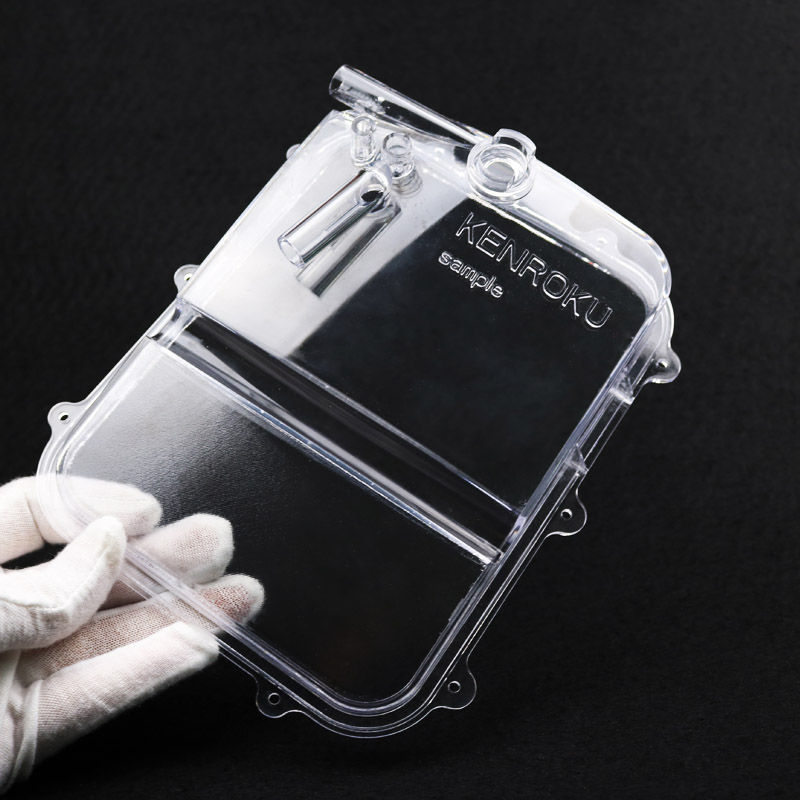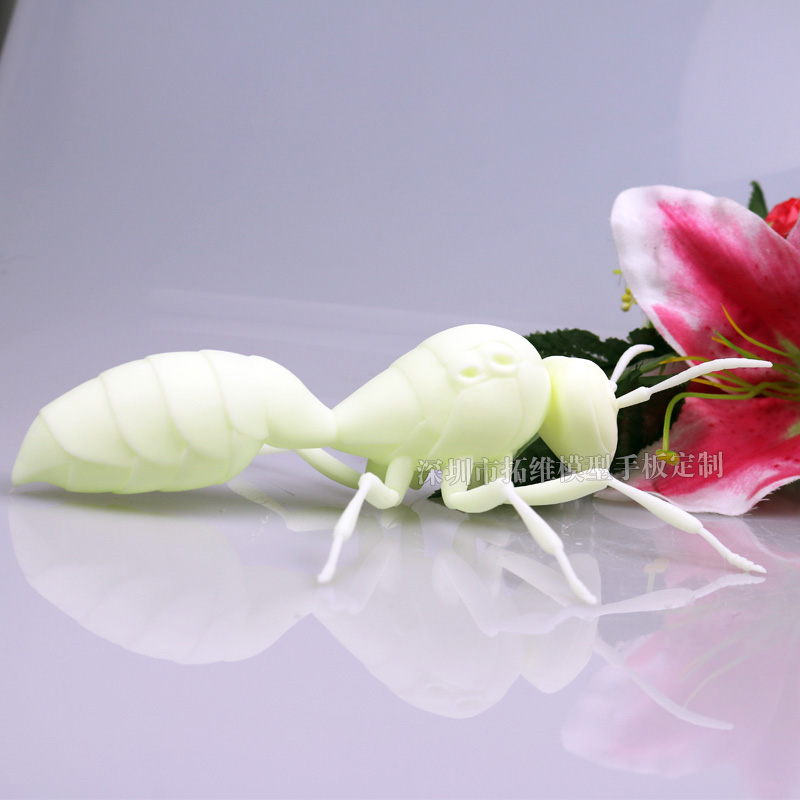While you come up with a new design, you should begin to think of what fast prototyping service and technique is right for your project. But how to choose it? In this article, we will explore the differences between injection molding and 3D printing, aiming at helping you to determine which one of these two techniques could be the very best to give life to your project.
In this article, we will see all of the pros and cons of injection molding and additive production in terms of time, precision, volumes, budget, complexity, etc. Follow the guide and choose the rightest one.

What is the difference?
Rapid Injection molding
Rapid Injection molding is a conventional manufacturing technique. With this procedure, you create parts or prototypes by injecting molten material (mostly plastics) into a mold (usually 3D printed), which will then cool down and form the solid shape.
3D printing
3D printing is an additive production process, which means that the parts or prototypes are created by adding materials layer by layer. When utilizing this procedure, there is no need to make a mold firstly; only a 3D file is required, simple and fast. And there are many different 3D printing materials and technologies are available in the marketplace. You can always find the rightest one. (>>>> 3D Printing Materials Guide: ABS or PLA)
When should you use each process?
When to use injection molding?
For injection molding, certain professional machines and experienced operators are essential. It largely determines the quality and precision of parts.
Making molds using the injection molding method is somewhat costly. If you have to make several design iterations, it can be very costly to use this fast prototyping technique to recreate molds each time. Injection molding is not accommodated to use at the early stage of product development. But if you are planning to produce a large volume of parts or prototypes, it is a great alternative.
This process is quite expensive and requires a longer turnaround time, but can reach higher precision. It is more suitable to use when you have finalized your design and are about to go into mass production.

When to use 3D printing?
There are several 3D printing techniques: FDM, SLS, and SLA. (>>>> SLA vs. SLS: Which to Use for Prototyping) You can get yourself an FDM printer for small quantity production of rough prototypes. You may also invest in larger and more professional 3D printers, for example, SLS or SLA 3D printers. However, getting your very own industrial 3D printer may be a costly investment to your business, and it's not worthwhile.
Outsourcing your 3D printing project may be more cost-effective. There are many companies providing this kind of fast prototyping service. You just need to send them your 3D design, choose the right technique, materials, and finishing; then, the professional prototyping companies will handle the rest. And you can receive your parts in only a few days.
Which one should you choose?
Benefits of injection molding
Injection molding has many advantages. You get higher precision and repeatability. And you have a wider selection of materials. Each material virtually has thousands of variations, which will lead to parts of different properties, such as weight, cost, flexibility, strength, and so on.
Injection molding is best suited to mass production. And it makes easier to make parts with many detailed features.
Benefits of 3D printing
3D printing also offers many benefits which make it a worth-considering alternative to conventional production methods.
To begin with, 3D printing is ideal fast prototyping service if you need to make many design iterations to achieve the best design. When using additive production, you can quickly turn your intangible design to a tangible product so as to examine it and then make all needed alterations together with your 3D modeling program, and print it again to confirm your changes, thus to reach the best design.
Employing 3D printing can also help prevent material waste. If injection molding has been first viewed as a manufacturing procedure generating low defective rate, in comparison to procedures like CNC machining, 3D printing technology seems to be the winner when it comes to efficient utilization of raw materials! In the 3D printing process, you merely use the amount of material you require for your entire project.
Using 3D printing fast prototyping service, there will be no inventory problem. And you might get lower storage and maintenance costs as you can 3D print your 3D design rapidly and economically whenever you need it!
In addition, there will be no longer busy warehouse. The usage of 3D printing for manufacturing can result in a dematerialization of the supply chain. What does digital warehousing imply? You can produce your parts or prototypes on-demand by using this economical yet fast prototyping technique. It's not necessary to store your parts in advance. You may simply 3D print your CAD design whenever you want your parts or prototypes.
This article is to give your basic knowledge about the advantages and disadvantages of these two manufacturing methods and thus help you choose the most appropriate fast prototyping service for your project.

